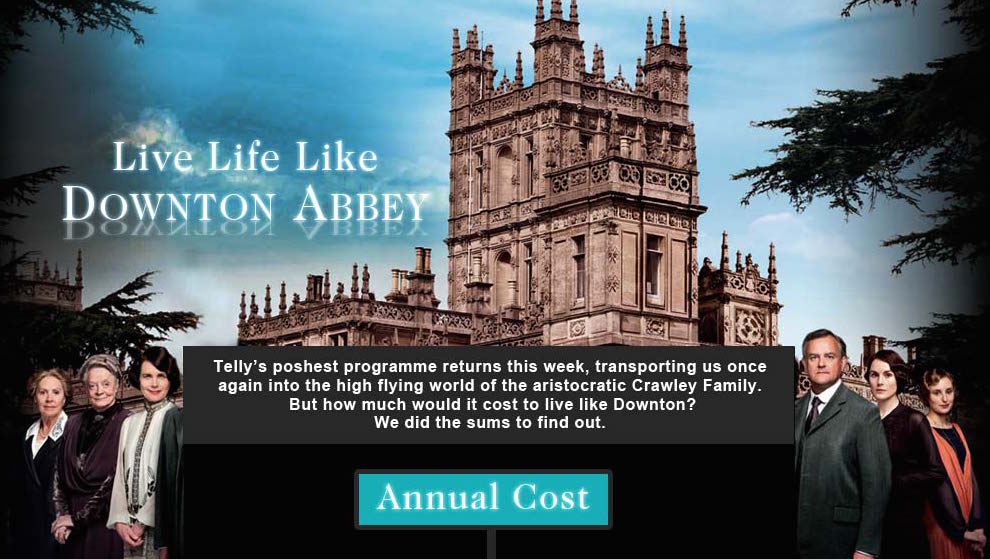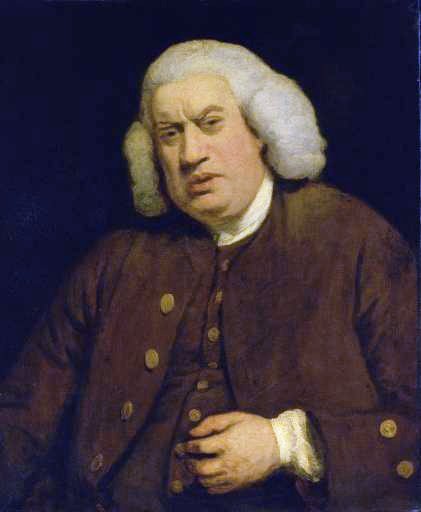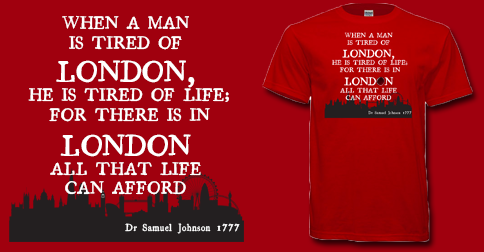
One of the iconic symbols of the city, London black cabs can be seen whizzing about the streets on a daily basis. Like the yellow cab in America, a London taxi carries with it a certain cultural significance. When Stephen Fry toured America, he did so in a black cab (and actually drives one in Britain as his personal car). But what is it that makes the black cab so important? Have a look below at ten interesting facts and figures about this embodiment of London transportation.
There’s just 48 hours left to buy our tribute to the London Taxi – Vintage London Taxi design featuring the Union Flag. Available in men’s, women’s, v-neck, long sleeve, hoodie and sweatshirt starting at $16.99 and shipping worldwide. Order before it’s too late!
The Knowledge
Perhaps the most important part of being a London taxi driver is “The Knowledge”. This refers to a test that every taxi driver must pass to receive his or her license. Would-be drivers study for 2-4 years in order to develop a working knowledge of London’s 320 routes in a six-mile radius of Charing Cross, which includes 25,000 streets and 20,000 landmarks. Drivers who pass get a green badge. There is also a yellow badge that covers a smaller, suburban area of London and does not permit drivers to enter the same area as green badge drivers.
Cabs of Many Colours
While black is the most common colour for London taxis, it’s not required to be so. They can be blue, yellow, green, red, whatever. Most tend to be black because of its recognition.
Business Business Business! Numbers!
There are approximately 21,000 black cabs in London. Many cab drivers own their taxi and operate as independent businesses. Technically, you’re stepping into a “shop” each time you enter one.
Hackney Carriage
The first taxicab licenses were issued in 1639 to the Corporation of Coachmen. Hackney carriages, the first horse-drawn carriages for hire, were issued their licenses in 1662, and later became Hansom Cabs in 1834. The first motorised cabs were introduced to London in 1908 and by the 1920s they had superseded hansom cabs as the primary taxi vehicle.
You Must Be This Tall to Ride
By law, taxicabs had to be tall enough for a passenger to sit comfortably while wearing a bowler hat. Additionally, at one time, hackney carriages were required to carry a bale of hay for the horse. This law was held over for a time even after motorised cabs began to operate.
Tight Turns
Black cabs have a turning circle of only 25 feet. The reason for this is supposedly to accommodate the small roundabout at the entrance of the Savoy Hotel. This turning radius later became legally required of all London taxis. Savoy Court is also one of the only places in London where vehicles drive on the right, and it was the custom of patrons to sit behind the driver so that they would enter or exit the cab on the side facing the hotel.
Don’t Shout
Technically, it’s against the law for you to yell “Taxi!” to get their attention. If you see a cab with a lit sign, just hold out your arm to signal them.
What’s in a Name?
The term “taxi” comes from taximeter, the counter used to measure miles traveled and fare. “Cab” was short for “cabriolet”, a French verb for “to leap”, which was a type of taxi and what one did to exit them.
I Really Need to Go
There’s some question as to whether this is real or myth, but some interpret the Town Police Clauses Act of 1847 to permit one to urinate on a London taxi’s left rear wheel provided that the driver’s right hand was touching the cab. The Law Commission refutes this interpretation, but debate of the legality of this action continues to propagate.
Drive On *Cough Cough*
It was also once supposedly illegal for people to hail a cab while suffering from the bubonic plague. This is still partly true, as the Public Health (Control of Disease) Act of 1984 requires a person suffering from a notifiable disease to inform the cab driver, who may then decide whether to ferry the passenger. If he does so, he is then required to notify the authorities and disinfect the cab before taking another fare.

























